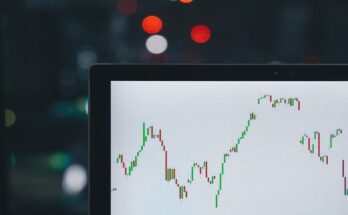Government and sovereign debt may be similar to corporate debt in some ways, but there are many things to consider before buying one. Here are the key points you need to consider before investing in them.
Sovereign Debt
Basically, sovereign debt is a promise by the government to pay those that lend it money. It is essentially the value of bonds issued by that country’s government. The biggest difference between government debt and sovereign debt is that the debt is issued in the domestic currency while the sovereign debt is issued in a foreign currency.
Before buying a government’s sovereign debt, investors try to find out the risk of the investments. Countries like the United States have debts that are generally considered risk-free. The debt of emerging or developing countries carries greater risks.
That means investors have to consider the government’s stability, the way in which the government plans to pay the debt, and the chances of default. The risk analysis of this debt is similar to corporate debt in some ways.
Debt in Foreign Currencies
Investors prefer the investments in currencies that they know and trust, like the British pound and the US dollar. This is the reason why the governments of developed countries are able to issue bonds denominated in their own currencies.
The currencies of developing countries tend to have a shorter track record and might not be as stable, meaning that there will be far less demand for debt denominated in their currencies.
Risk and Reputation
In terms of borrowing funds, developing countries are facing some disadvantages. Similar to investors with poor credit, developing countries must pay higher interest rates and issue debt in foreign stronger currencies to offset the additional risk assumed by that investors.
Most nations, on the other hand, don’t really stumble upon repayment problems, which can arise when inexperienced governments overvalue the projects to be funded by the debt, overestimate the revenue that will be generated by economic growth, structure their debt in such a way as to make payment only possible in the best conditions.
Defaulting
Compared to defaulting on corporate debt, defaulting on sovereign debt can be more complicated since domestic assets cannot be seized to pay back funds. Instead, the terms of the debt will be renegotiated. This usually leaves the lender at a disadvantage.
The effects of default can therefore be significantly broader in terms of the international markets and on the country’s population.
A government that’s in default can experience further catastrophe, which is definitely not good for other types of investments in the issuing country.
Causes of Default
Currency Crisis
The domestic currency drops its liquidity because of quick changes in exchange rate. It also becomes too expensive to convert the domestic currency to the currency in which debt is issued.
Economic Climate
If the country depends heavily on exports, especially in commodities, a huge reduction in foreign demand can shrink GDP and make repayment expensive. If the government issues long term sovereign debt, it is more susceptible to fluctuation in market sentiment.
Politics
Default risk is often linked with unstable government structure. A new party that rises to power may be reluctant to satisfy the debt obligation accumulated by the previous government.




